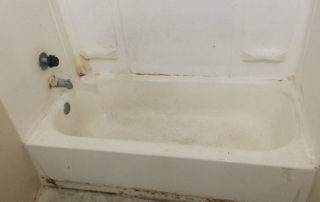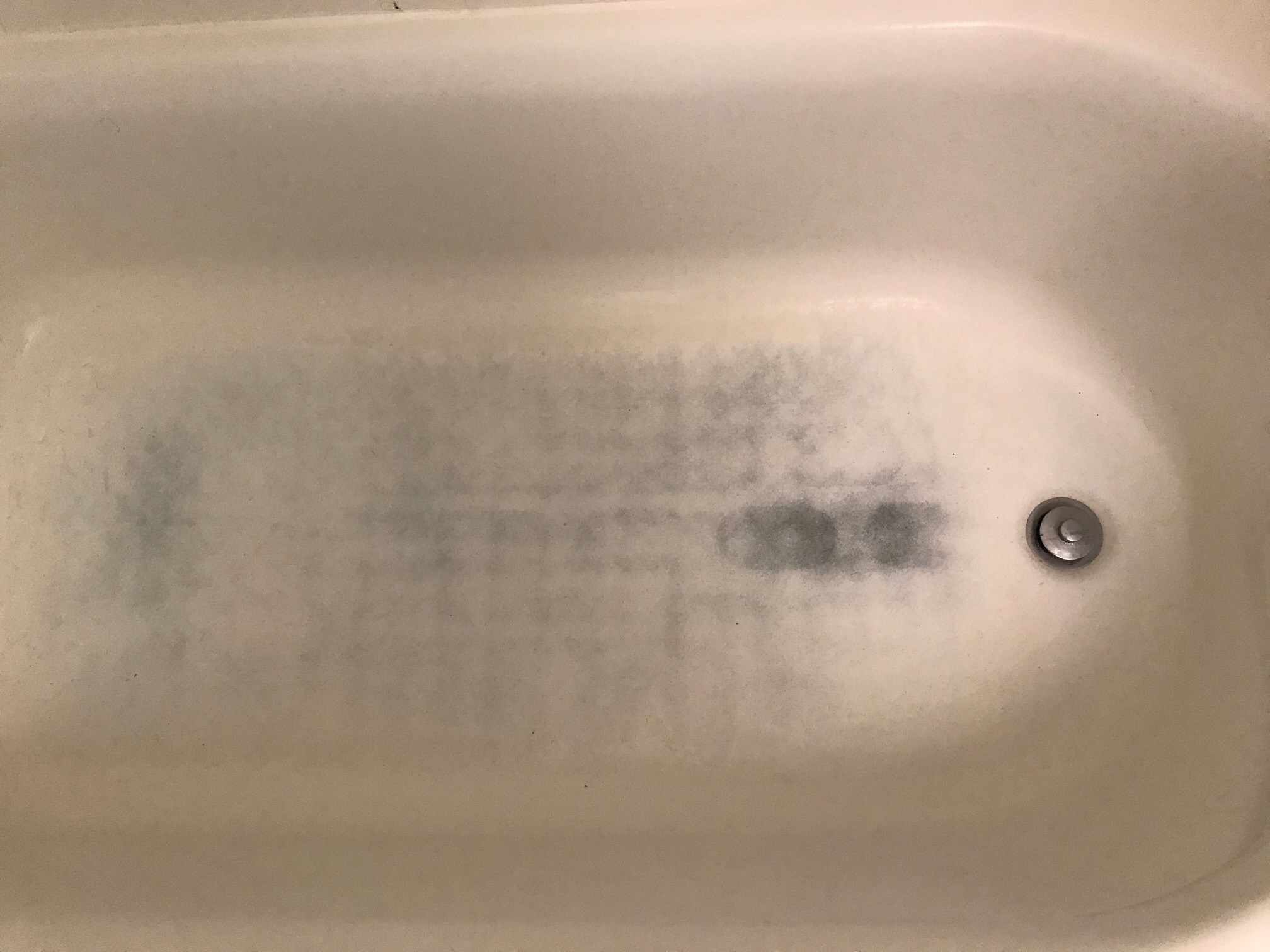5 Acrylic Shower Room Problems and Solutions
5 Acrylic Shower Room Problems and Solutions
Blog Article
{Visit Our Website Are you currently trying to find help and advice on Things To Look Out for Before Hiring a Plumbing Company? We recommend that you clean your acrylic bathing product made of Delta ProCrylic or Acrylic with Innovex Technology with non-abrasive soaps and cleaners, such as: When it’s time to clean, always use a terry cloth towel, soft cloth or sponge to avoid scratching the acrylic surface. Don’t use abrasive scrubbing pads, steel wool or sponges, cause permanent damage to the acrylic material. If you use a drain cleaner or clog remover, be sure to rinse thoroughly with water so no product is left standing near the drain. Some chemicals and cleaners may deteriorate acrylic surfaces, causing cracks and, potentially, property damage. To avoid this, don’t use cleaning products that state on their label that they are not suitable for use on Acrylic, ABS, Polystyrene or Plastic. Be sure to check the label of any product before you apply it to the surface; it’s easier to avoid damage than to try to remedy it. Chemicals we do not recommend using to clean acrylic showers/tubs: When you’re ready to apply sealant, a little planning goes a long way. Pick up some painter’s tape and use it to mask off the seam to help make cleaning up easier. When you’re applying the bead, use a constant, steady speed to avoid an uneven finish. Use a caulk tool or a plastic spoon to work the sealant into the joint. Wetting the tool with denatured alcohol will help create a smooth finish. Follow the directions on the back of the tube for cure time. Certain chemicals and cleaners may deteriorate acrylic surfaces, causing cracks and, potentially, property damage. After you’re finished applying it, clean up the product surface and remove any excess sealant with denatured alcohol. Don’t use solvents (turpentine, lacquer thinner, mineral spirits, paint thinner, MEK, xylene, acetone, naphtha, etc.) that can wreak havoc on an acrylic surface. With a little care and consideration, you can prevent damage to your acrylic shower or tub. Keep a supply of soft cloths handy and remove any damaging products or abrasive scrubbing items from the bathroom to ensure they aren’t around when it’s time to clean. https://www.deltafaucet.com/design-innovation/inspiredliving/how-to-clean-acrylic-shower I hope you enjoyed reading our post on Finding the Right Plumbing Expert. Thanks a lot for spending some time to read our article. Loved our write up? Please share it. Help someone else discover it. Thanks for your time invested reading it.
Acrylic baths, shower trays, and other acrylic washroom ware have actually come to be much more typical in restrooms in current times. Thanks to modern chemistry we now have options to enamel and ceramic products for restroom components. These consist of various polers and also plastic materials. Not as long lasting as well as stylish as enamel and also porcelain baths and also components, they are extra budget-friendly and also serve quite much the very same fundamental purpose. These products are easy to make, shop, and transport as well as in the incidence of damages, they are easily fixed. Some common instances of damages to acrylic restroom components include staining, cracks, holes, and so on. Allow's take a look at several of these issues and also quick means of fixing them.Scratched shower or bath surface
Acrylic bathroom components are not abrasion-resistant like enamel selections. They are a lot more susceptible to scrapes as well as less sturdy. Being an extremely soft product, acrylic scrapes can also be concealed without finishing or filling. For these, you must look for professional assistance for your bathroom repairs. As an avoidance tip, prevent making use of abrasive sponges when cleaning. Instead, you ought to utilize a simple fluid cleaner with a soft pad.Chain reaction
Often, individuals try to paint the entire surface of their acrylic bath by themselves either since they do not like the color to conceal blemishes. When they do not such as the end result, they apply paint removers. You must never ever make use of paint cleaner on acrylic baths. Paint eliminators do not react with the surface of steel baths, they ruin acrylic bathrooms irreversibly. This creates a lot more benefit the professional. The very best course of action below is to call a specialist for help with replacing the bathroom.Bath Staining
With extended use of acrylic baths comes discoloration or staining. While some spots can be gotten rid of conveniently, using special chemicals, others require that the bath be resprayed. It is important to keep in mind that bleach or cleaning agents do extremely little in getting rid of such staining as well as they might even worsen it. The majority of times, these cleaning representatives induce discoloration with time. Aromatherapy oils loosen the dirt in some cases thus bring back the bathroom to its previous glory. Cleaning as well as brightening additionally in some cases. For more persistent spots, you will need a brand-new layer of covering. This kind of taking care of will require a specialist.Cracked Acrylic Baths
The life-span of acrylic and fiberglass bathrooms is up to 15-20 years for shower frying pans as well as baths, generally. Fractures in an acrylic shower tray are possibly among the most convenient troubles to repair for a repair work professional. This is the very same for PVC, resin, and various other such products.
Polymer baths, shower trays, and also other acrylic washroom ware have come to be more usual in washrooms in recent times. You need to never utilize paint eliminator on acrylic bathrooms. Paint cleaners do not respond with the surface of metal bathrooms, they damage acrylic baths irreversibly. With long term usage of acrylic baths comes staining or staining. The life-span of acrylic and fiberglass bathrooms is up to 15-20 years for shower frying pans and also bathrooms, usually.How to clean Acrylic shower
USE THESE NON-ABRASIVE CLEANERS
DO NOT USE THESE CLEANERS
Sealant Application Tips

Emergency Plumbing